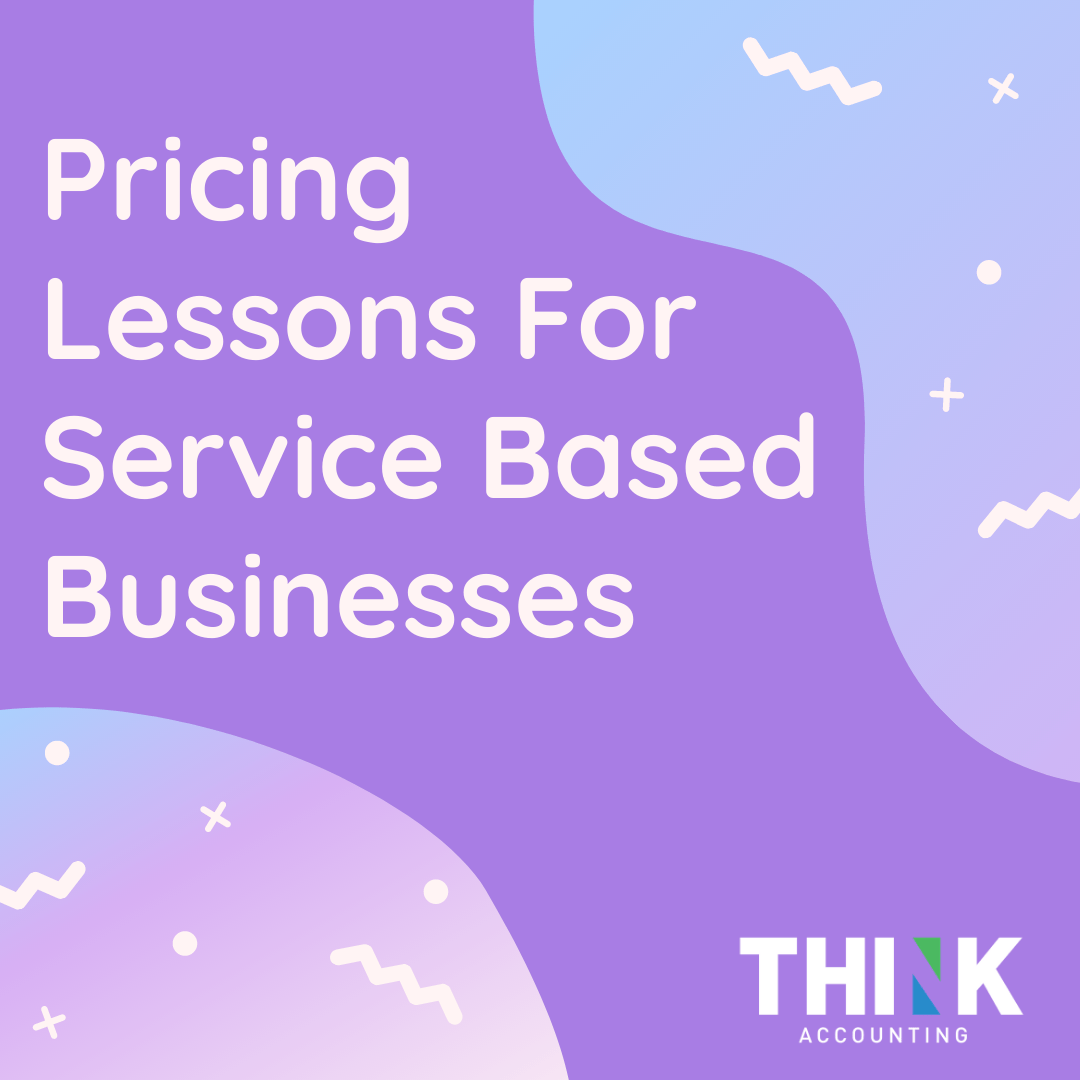First – Explore the Feelings That Your Work Creates
Whether you are Creative Agency owner, an IT consultant, a Lawyer, a Landscaper or some form of a professional who charges for their services based on a service instead of a product, you’ve probably wondered if there were some “secret” pricing lessons that could help.
You’ve been in those situations where you’ve lost proposals because the prospect felt the price was too high, and you’ve won the proposals with lower prices, only to find out at the end of the proposal that the project was unprofitable.
What do you do? Many professionals resort to hourly billing as a form of “insurance” to “guarantee” the outcome from the project. But, is that really what your customer is buying? Are they buying the “hours-in-chair” or are they buying an outcome?
Are they buying 168 hours or a modern website with excellent SEO that brings in leads every single week?
Are they buying 15.4 hours or are they buying a cybersecurity system that keeps their remote team secure?
Are they buying 22.1 hours of landscaping or the best curb appeal in the neighbourhood?
Let’s take this even further …
Are they buying a modern website or are they buying a “feeling” excitement, growth and optimism?
Are they buying a cybersecurity system or are they buying a “feeling” of security, reliability and stability?
Are they buying the best curb appeal in the neighbourhood or are they buying a feeling of “status”?
If we were to listen to the world renowned marketer, Seth Godin, it’s the latter. And in rest of the blog below, we’ll explore some key pricing lessons from Seth. Yes, you read that right, pricing lessons from a marketer. Let’s go!
Then – Tell a Story with Your Pricing
1. Marketing changes your pricing. Pricing changes your marketing.
Your price tells a story. About you. About your promise to the customer. About your position in the market.
Do you drive the cheapest car? Own the cheapest phone? Work on the cheapest computer you can buy? Likely not.
Think about what went through your mind when you made the decisions to buy these things? More importantly, think about the “feelings” you were creating –> luxury, status, security, reliability, excitement, thrill, and more.
Then why is it that when it comes to pricing our own services, we default to “race-to-the-bottom” pricing in trying to “win” that next customer? The answer likely is insecurity. Or Fear. Or both.
Your pricing tells your customer what you stand for, the value of what you will deliver and the feelings you will create.
2. Pricing creates margin
We know this, but we forget. A small percentage increase in selling price creates a much larger percent increase in your margin.
This margin is what pays for your team. For your marketing. For your future growth. And above all, for you.
In the book, This is Marketing, Seth gives an example of a hypothetical baker whose cost of goods of one loaf of bread is $1.95.
There are 3 scenarios – he sells it for $2.00, for $2.50 and $3.00.
The baker who charges $2.00 a loaf has to sell 21 loafs for every 1 loaf that the “luxury” bread baker sells at $3.00.
Would you rather sell one loaf at $3.00 or 21 at $2.00?
I know what you’re thinking…
3. “But our customers would prefer lower price“
Yes, they would … if they are the kind of customer who buy the “cheapest”. Is that your target market?
What value do you put to you having a smiling, well-paid and friendly team, efficient processes, really “understanding” the customer, and above all, a reliable and predictably high quality output?
The value is in the intangibles. Most of the “work” is a commodity and can be done cheaper or better elsewhere.
It is the positive feelings you create in your customers that they would be very happy to pay a premium for.
4. “Cheap” is “Scared”
You want unlimited customers? Work for free … or next to free. Be one of the cheapest. But that’s only short-term.
In any profession, there is always someone doing it for cheaper. Doing it at a price where you question their well-being.
Offering the cheapest service comes form a mindset of being scared, or fearing rejection.
You quoted higher. They rejected. You go cheap on the next quote.
Being cheaper requires no thinking – on your part or on the customer’s part. It’s easy. But it’s not worth it.
5. Do This for Free!
Spread your ideas for free. Share your knowledge for free.
Give them a “sample” for free. Share a case study for free.
Seth says that “free” is like dividing by zero, it scales to infinity.
The “value” to your customer is not in the ideas, it’s in the execution of those ideas.
Let your ideas reach the many. And let your individual execution reach the very few who are willing to pay the price you command.
Shared ideas create trust and likeness for you and your brand. It magnetizes the few who will seek you out as an expert.
Their mindset will not be to “hire you”. It will be to seek your expertise. So that YOU can help THEM.
Conclusion
“Without cash flow, you can’t invest in your product, your team, or your marketing.”
Seth Godin (This is Marketing)
Instead of fearing charging higher prices, know that in most cases it actually builds trust. Of course, back it up with high quality work … but hopefully, you’re doing that anyway! 🙂
There are no “secret” pricing lessons. We’ve known this, but thought that pricing higher was for “others”.
When it’s cheap, the customer pays the cost, but you pay the price.
Your craft is valuable. Instead of the solution always being “working hard”, you can take these lessons from Seth and move toward getting better clients who value your work, pay for it and make it all worth your while.
